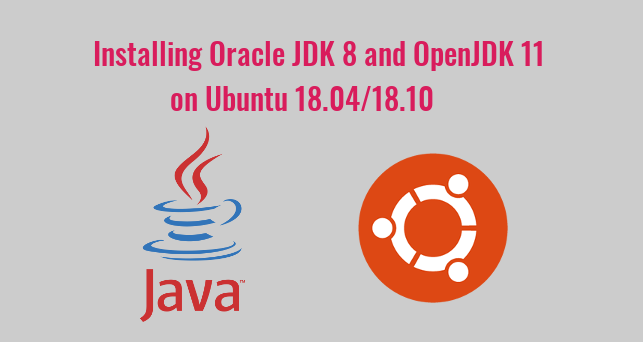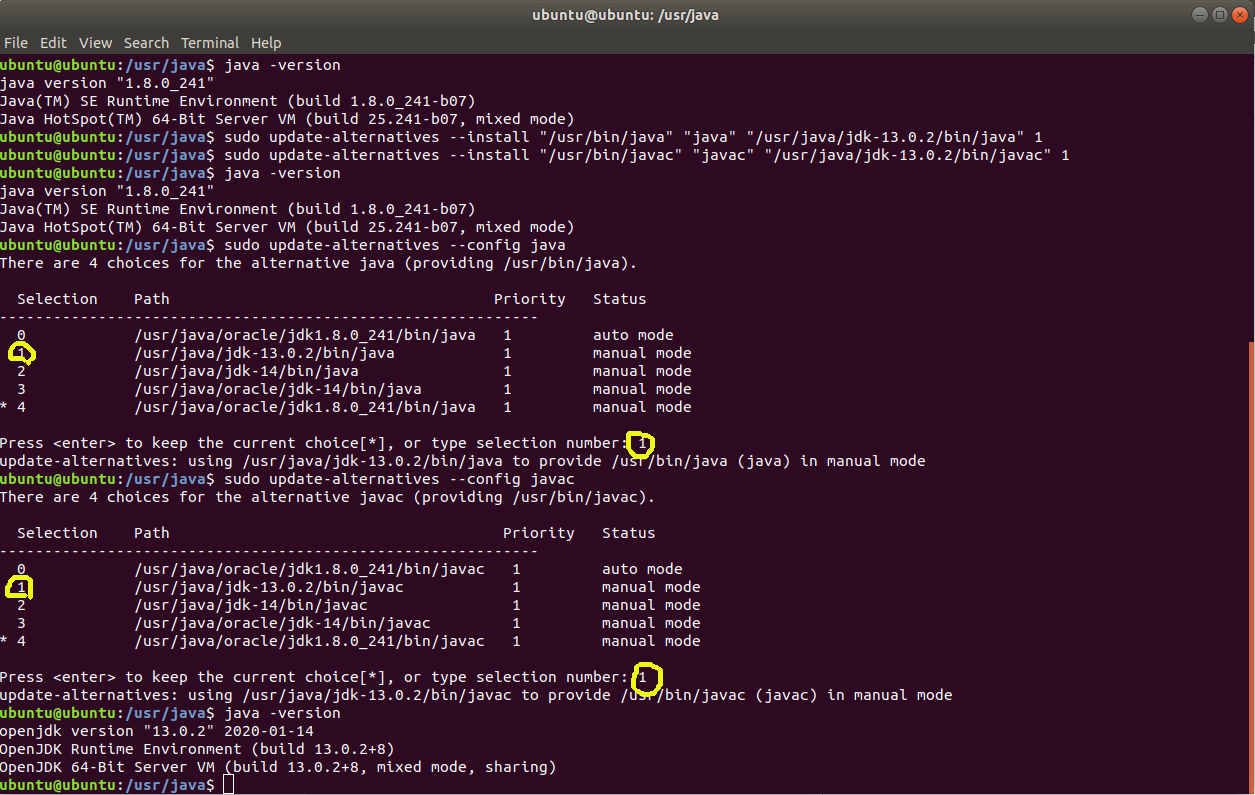

Starting with this release of the Java JDK, a paid commercial license is needed for running any applications.
#Ubuntu openjdk install
sudo apt install default-jreĪnd for the headless variant of the JRE sudo apt install default-jre-headless Installing OracleJDK 11 sudo apt install default-jdk-headlessĪlternatively, the Java Runtime Environment can be installed rather than the full-blown Java Development Environment. To install the headless package of OpenJDK, run the following command. To install OpenJDK, you may use one of the following commands. This allows for a much smaller installation footprint, and is ideal for running Java applications in containers. What separates standard from headless is the latter has had all of the graphical interface libraries removed, as they wouldn’t be needed to begin with.

Headless, on the other hand, is specific to servers without a graphical desktop installed. The JDK has two separate packages that target different computer configurations.įor those running Ubuntu 18.04 with a desktop graphical interface, the standard installation will suite your needs. Thankfully, OpenJDK is now nearly identical to OracleJDK, due to efforts from Oracle and major contributors to the open source project.Īs a result of the changes to OpenJDK, it is now the preferred JDK to develop and run applications that will not need the enterprise support from Java. With the new license, a commercial license is required to any application on OracleJDK.

Prior to Java 11, anyone could run Oracle JDK freely and it was the most popular choice as a result. With the release of Java 11, Oracle decided to make a major shift in their licensing. Starting with this release of the SDK, this is the preferred one for anyone not running enterprise licenses. The default JDK (Java Development Kit) and JRE (Java Runtime Environment) for Ubuntu 18.04 is OpenJDK.
#Ubuntu openjdk how to
If anyone has additional Java tweaks for Ubuntu then leave them in the comments and I'll add them.In this tutorial, you will learn how to install Java SDK 11 on Ubuntu 18.04, with instructions covering both Oracle JDK and OpenJDK. The Java 6 man page for the java command describes these options and others. This is a great way of defining minimum system requirements. This limits the memory allowed for the Java program to a maximum of 1024 MB, and sets its initial memory size to 128 MB. There are most likely others but I find the default option to be the most responsive.įinally, how to set the memory of Java (just because) java -Xmx1024m -Xms128m 'your other parameters here' You can also specify -client but in 64-bit IcedTea6 it appears to run the same version as -server. To use these, simply type java -jamvm 'your other parameters here' I'm not sure which ones come with OpenJDK but 3 popular ones are JamVM, Zero and Cacao When you type java into the terminal with no other parameters, the help lists several optional VMs. If you select the OpenJDK as your Java runtime environment you have additional options. Sun/Oracle have two JVM choices, -server and -client. You can then select which Java runtime you want through the number selection.
#Ubuntu openjdk manual
* 1 /usr/lib/jvm/java-6-openjdk/jre/bin/java 1061 manual modeĢ /usr/lib/jvm/java-6-sun/jre/bin/java 63 manual modeģ /usr/lib/jvm/java-7-openjdk-amd64/jre/bin/java 1051 manual mode Selection Path Priority StatusĠ /usr/lib/jvm/java-6-openjdk/jre/bin/java 1061 auto mode This will give something like the following output. To choose your JRE, use sudo update-alternatives -config java Feel free to use this as a reference to tinkering with Java at runtime.


 0 kommentar(er)
0 kommentar(er)
